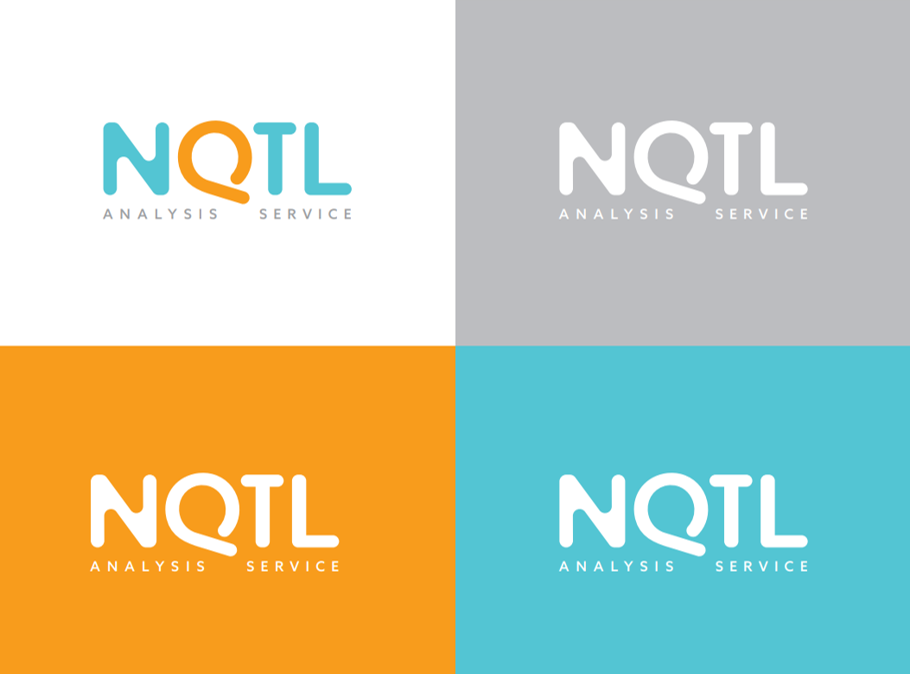The new comparative analysis requirements and guidance is a process whereby QTLs and NQTLs can be identified and corrected before they impact plan members. Evaluating your QTLs and NQTLs by a plan is important to determine if there are any problems with parity compliance. If there are problems that are not addressed that lead to adverse medical treatment or outcomes, plan members can sue the plan sponsor under ERISA.
Based upon the operations of how plans currently operate in the marketplace, we expect most plans to need at least some changes to their plan structure and operations. In the meantime, plans continue to risk significant liabilities if those plan problems lead to poor medical outcomes of members.
QTL and NQTL Comparative Analysis is all about identifying and fixing problems before they impact plan members. Plans can also be assessed penalties of up to $100/per day per member until the plan is determined to be in compliance.
The CAA includes a specific process to follow if the DOL’s review of a plan’s analysis indicates a parity violation. After the DOL’s determination, the plan must specify what actions it will take to correct the violation and provide an additional comparative analysis within 45 days showing plan compliance. If the DOL then makes a final determination that the plan is still in violation, all plan enrollees must be notified as to the plan’s noncompliance within seven days.
Employers and plan vendors are challenged with many different risks of enforcement




